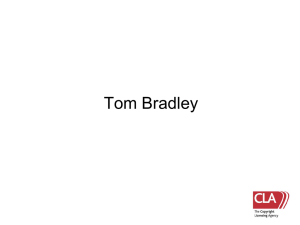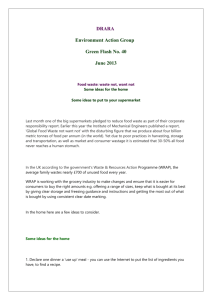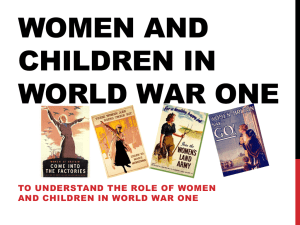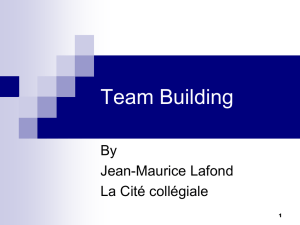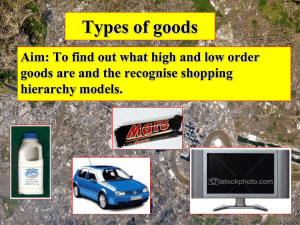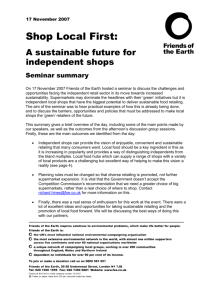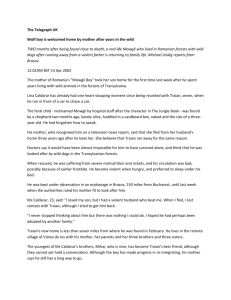PPT-Delivering in a more sustainable less carbon intensive way
advertisement
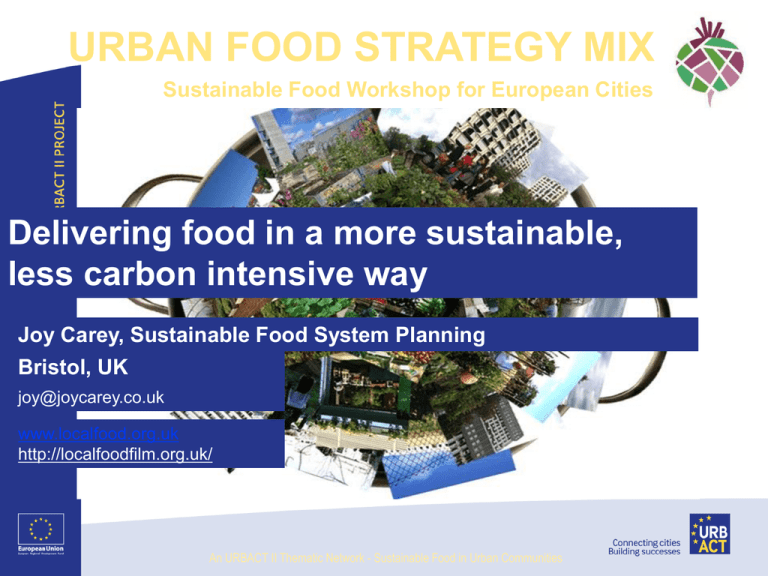
URBAN FOOD STRATEGY MIX Sustainable Food Workshop for European Cities Delivering food in a more sustainable, less carbon intensive way Joy Carey, Sustainable Food System Planning Bristol, UK joy@joycarey.co.uk www.localfood.org.uk http://localfoodfilm.org.uk/ An URBACT II Thematic Network - Sustainable Food in Urban Communities “Delivering”: ways to distribute, share & procure local food in the city Collective marketing – local brand, eco-labeling Local and regional supply – markets, wholesale, internet Retail & local food products – supermarkets, farm shops Tools to strengthen the local economy – currencies, vouchers Community led trade – university market, buying groups CO2 & resource efficiency – food waste, eco-delivery, logistics & transport connections Collective marketing by labeling clear criteria Tools for informing & engaging the public in collective action – labels, brands Local currency Using mainstream logistics & internet platform Ver24/7 Farm shops Business models to increase visibility & supply of local & regional food: various scales, audiences & impacts Community bulk buying groups Farmers markets Low energy transport & waste recycling Linking local producers to supermarkets Community-led trade VoedselKollektief Koppelpoort, Amersfoort, NL VoedselKollektief Koppelpoort food collective has around 120 members. Members order vegetables and fruits every Tuesday. The collective buys from local farmers. Members pick up their order every Thursday. All members help by doing some tasks. Farm shops Landwinkel network, NL Landwinkel works as a co-operative and is a national organization supporting farmers in opening shops at the farm gate. Each outlet offers not only its own products but all the products from the local network. Landwinkel also provides commercial and merchandizing support (i.e. brand, packaging, shop design, information and advertisement material). Traditional markets Ourense and Canedo Central Market refurbishment, Galicia, Spain; providing outlets for renewed peri-urban farming The city council is focused on the rehabilitation of the two traditional markets in order to make integrated projects and promote local vegetables and food production. The new markets will include facilities as complementary supermarket, parking and new bases for developing social life as bars, restaurants, meeting points. Currently, consumers can have free public transport access if coming to shop at the local markets. Traian food market, Vaslui, Romania The Traian market is a modern building divided in 4 sectors: fruits and vegetables; cheese and dairy; meat; fish. a special place is reserved by the municipality for the local 'producers' and avoid the stalls being all taken over by 'sellers' of less quality products coming from all the country. A food quality control laboratory is also installed in the market and seems to play an important role in the trust of the people. For discussion: • How to organise logistics to reduce negative environmental impact? • What new forms of sustainable food retail can strengthen links between consumers and producers? • What roles can recognition schemes/labeling play to foster shifts towards sustainable food? URBAN FOOD STRATEGY MIX Sustainable Food Workshop for European Cities THANK YOU… Joy Carey, Sustainable Food System Planning Bristol, UK joy@joycarey.co.uk www.localfood.org.uk http://localfoodfilm.org.uk/ An URBACT II Thematic Network - Sustainable Food in Urban Communities

